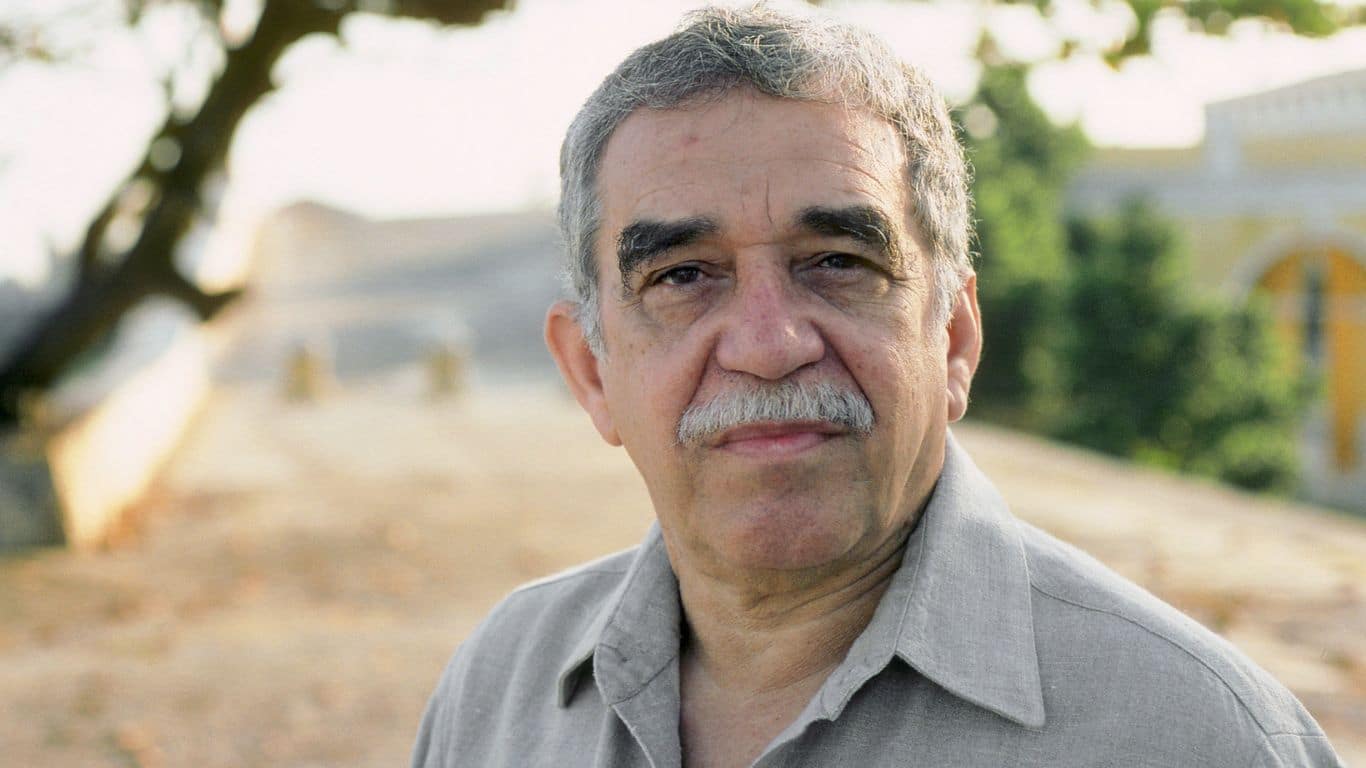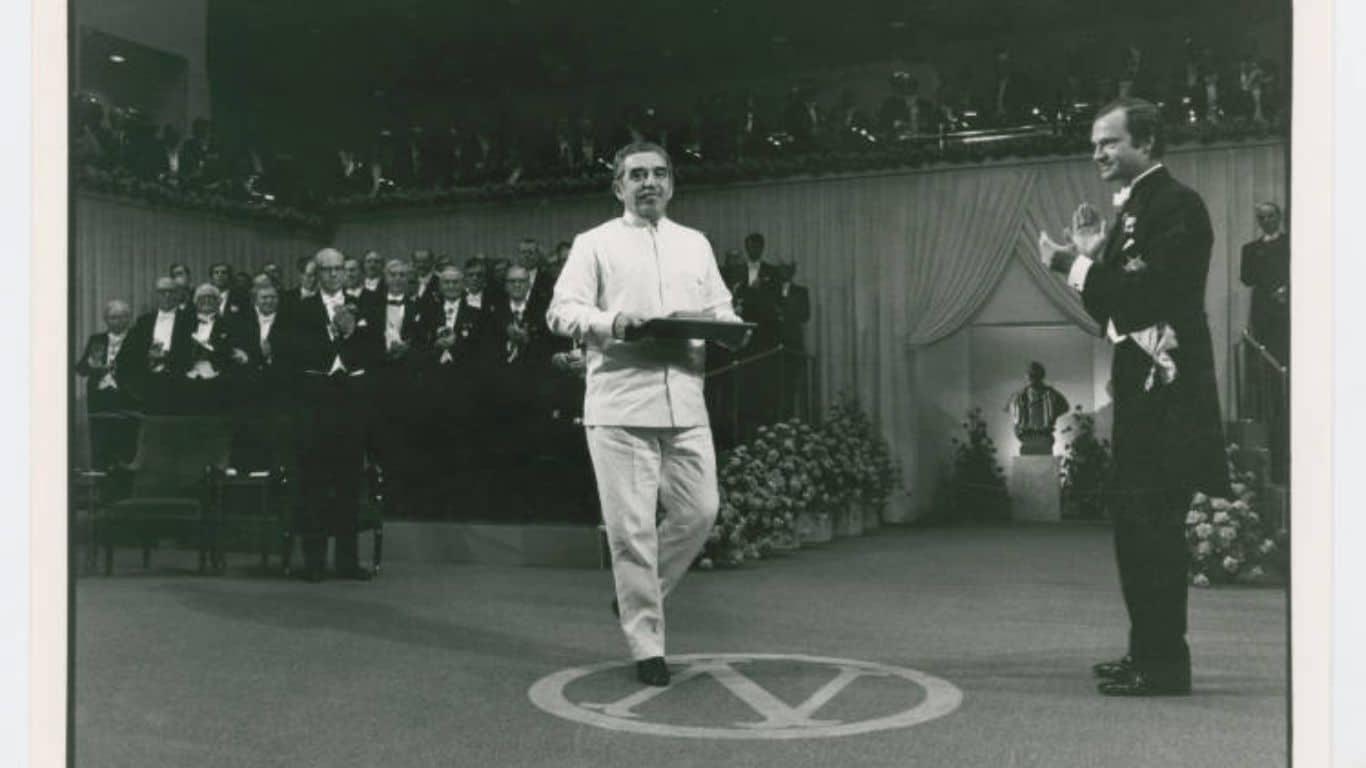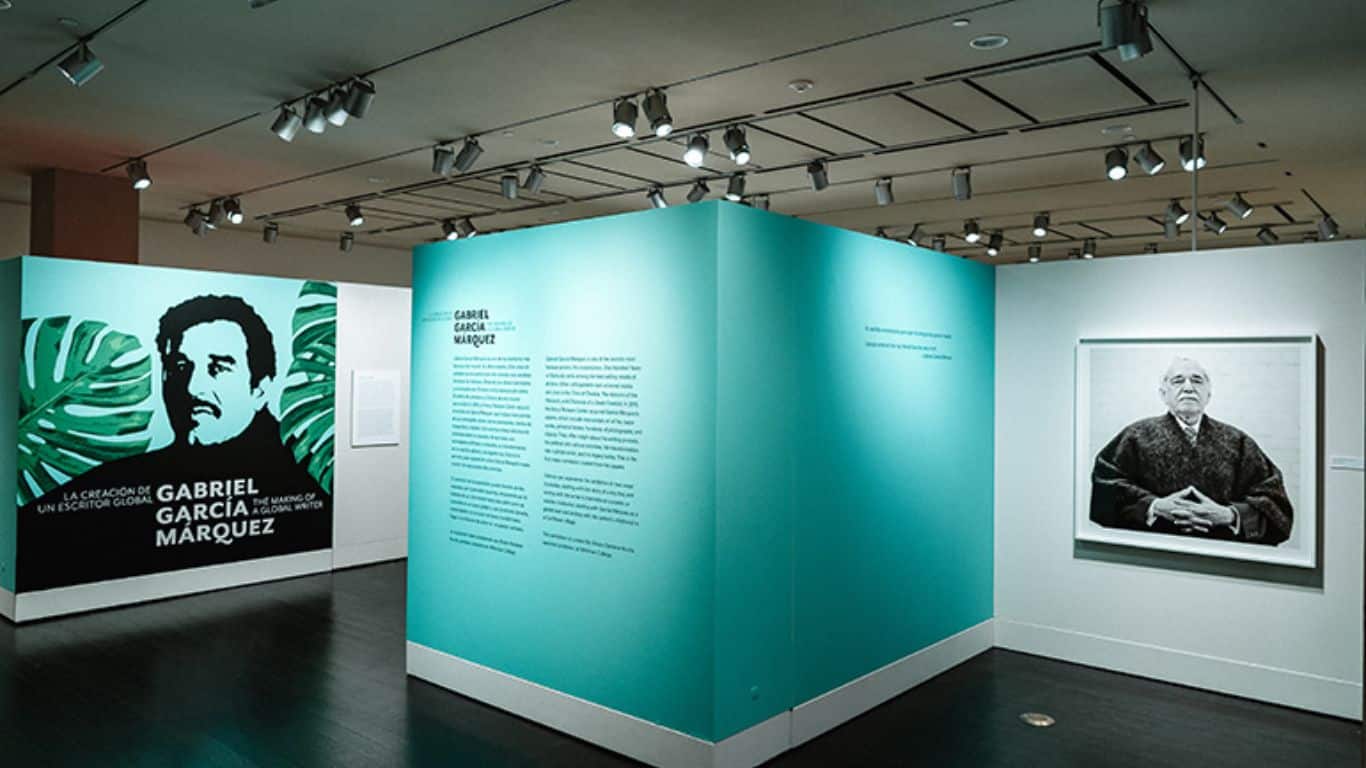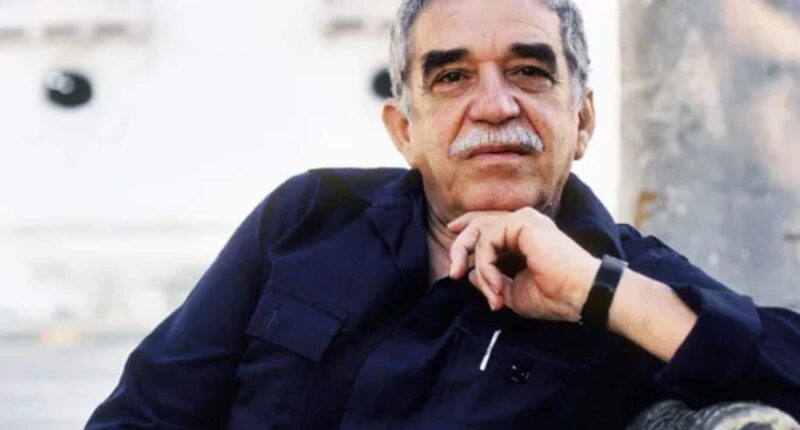Gabriel García Márquez Biography | Books | Facts: Gabriel García Márquez is a legendary figure in the world of literature, renowned for his magical realism style and his ability to capture the essence of Latin America in his writing. His novels and short stories are widely read and studied around the world, and his influence can be seen in the work of many contemporary writers. In this article, we will take a closer look at the life and work of Gabriel García Márquez, exploring his background, his most famous books, and some interesting facts about the man himself.
Gabriel García Márquez Biography | Books | Facts
Personal life

Gabriel García Márquez was a Colombian novelist and a highly acclaimed writer of the 20th century, recognized with the Nobel Prize for Literature in 1982 for his magnum opus “One Hundred Years of Solitude” (1967). He was the fourth Latin American to receive this prestigious award, following Gabriela Mistral and Pablo Neruda from Chile, and Miguel Ángel Asturias from Guatemala. Alongside Jorge Luis Borges, García Márquez is one of the most famous and celebrated Latin American writers in history. He was not only a skilled novelist but also excelled as a short story writer and journalist. García Márquez had a unique talent for appealing to both the common reader and the sophisticated critic in his works, which is a rare achievement in the literary world. García Márquez was born on March 6, 1927, in Aracataca, Colombia, and passed away on April 17, 2014, in Mexico City, Mexico.
He was born in the quiet provincial town of Aracataca, Colombia, and spent the initial eight years of his life with his maternal grandparents, Colonel Nicolás Márquez (a veteran of the War of a Thousand Days [1899–1903]) and Tranquilina Iguarán Cotes de Márquez. Following Nicolás’s passing, they relocated to Barranquilla, a river port. Although he received an education that was better than average, García Márquez claimed as an adult that his grandfather Nicolás’s stories about Aracataca and his family were his most valuable literary resources. Despite studying law, García Márquez chose to become a journalist and earned his living from this profession before achieving literary acclaim.
Career

García Márquez was born in Aracataca, Colombia and spent his first eight years with his maternal grandparents, Colonel Nicolás Márquez and Tranquilina Iguarán Cotes de Márquez. After the death of Colonel Nicolás, the family moved to Barranquilla, where García Márquez received a better-than-average education. Although he studied law, he pursued a career in journalism, which he claimed provided him with his most important literary sources, specifically the stories his grandfather had told him about Aracataca and his family.
By 1967, García Márquez had published several works including two novels, a novella, and a few short stories. However, it was his novel One Hundred Years of Solitude that brought him international fame. The novel tells the story of the town of Macondo, which is an allegory of Latin America’s history. The novel’s style, a combination of realism and fantastic elements, is known as “magic realism” and was influenced by Cuban writer Alejo Carpentier. García Márquez continued to produce notable works including Love in the Time of Cholera and The General in His Labyrinth, among others.
In 1999, García Márquez was diagnosed with cancer and subsequently wrote the memoir Living to Tell the Tale, which focuses on his first 30 years. He returned to fiction with Memories of My Melancholy Whores, a novel about a man who hires a prostitute to celebrate his 90th birthday and discovers the meaning of love. In 1996, he also published Noticia de un secuestro, a journalistic chronicle of drug-related kidnappings in Colombia.
Nobel prize

On 10 December 1982, García Márquez was awarded the Nobel Prize in Literature “for his novels and short stories that combine the fantastic and the realistic in a richly imagined world, reflecting the life and conflicts of a continent.” His acceptance speech, titled “The Solitude of Latin America,” addressed the cultural and political isolation of the region. As the first Colombian and fourth Latin American to receive the Nobel Prize in Literature, García Márquez remarked to a correspondent that he believed the prize recognized not just his own work but also the literature of the sub-continent.
Legacy

García Márquez was renowned for his ability to craft expansive and intricately constructed storylines, as well as concise and intricately woven narratives, drawing inspiration from his North American literary predecessors William Faulkner and Ernest Hemingway. His writing style has been likened to that of Miguel de Cervantes for its seamless and fluid storytelling, as well as its use of irony and humor. The world depicted in García Márquez’s novels is largely that of rural Colombia, where ancient and contemporary customs and beliefs collide in both humorous and tragic ways.
After García Márquez passed away, his family decided to donate his papers and some of his personal belongings to the Harry Ransom Center at The University of Texas at Austin, a research library and museum focused on humanities.
Facts
- He made up his mind to marry his wife when she was only nine years old.
- An erroneous interpretation of Kafka’s The Metamorphosis (1915) served as the inspiration for his writing.
- He embarked on a tour of the American South using a Greyhound bus.
- He held a keen fascination with politics and was a dedicated socialist.
- He was branded as a subversive in the United States, as a consequence.
Also Read: Ralph Ellison Biography | Books | Facts



